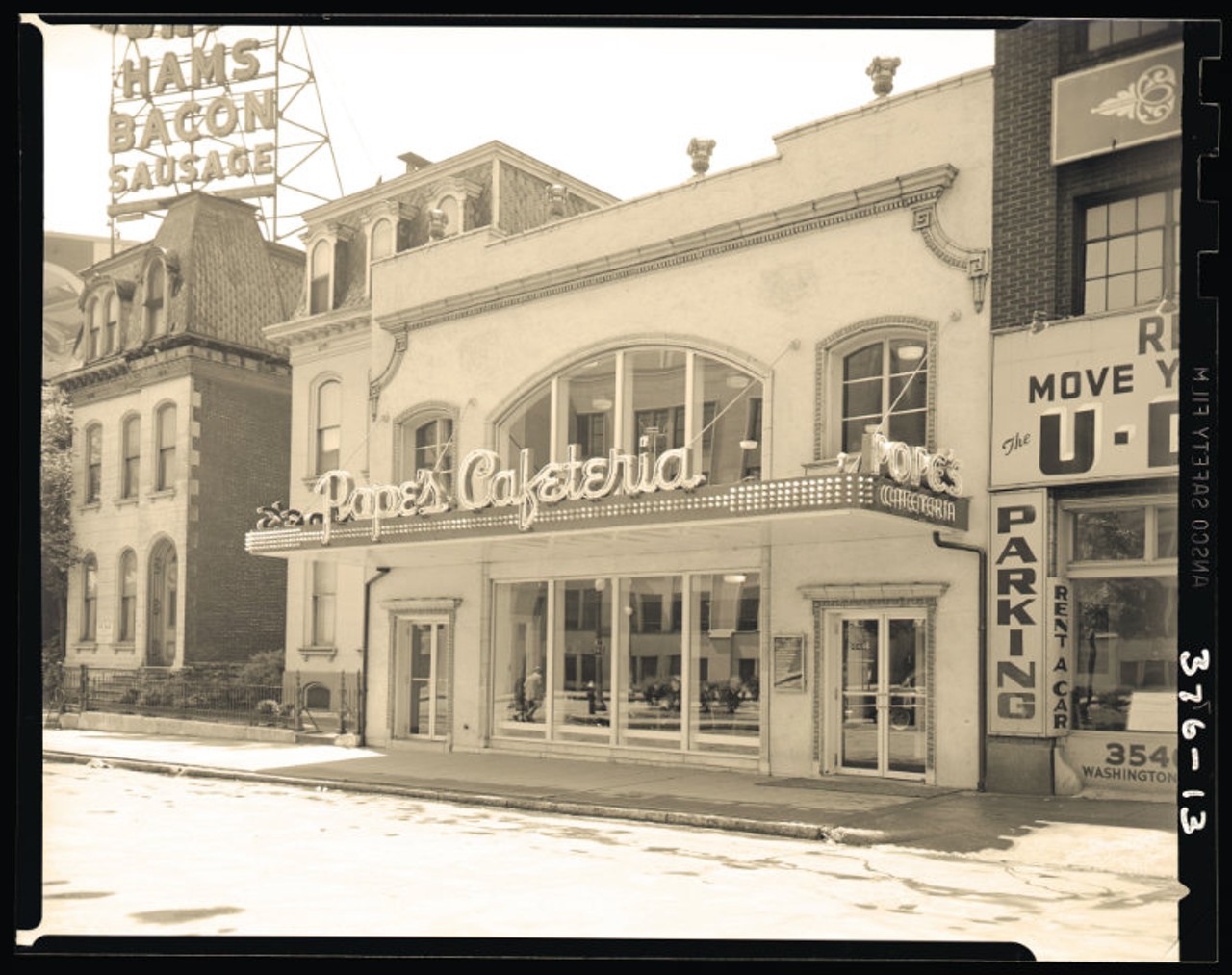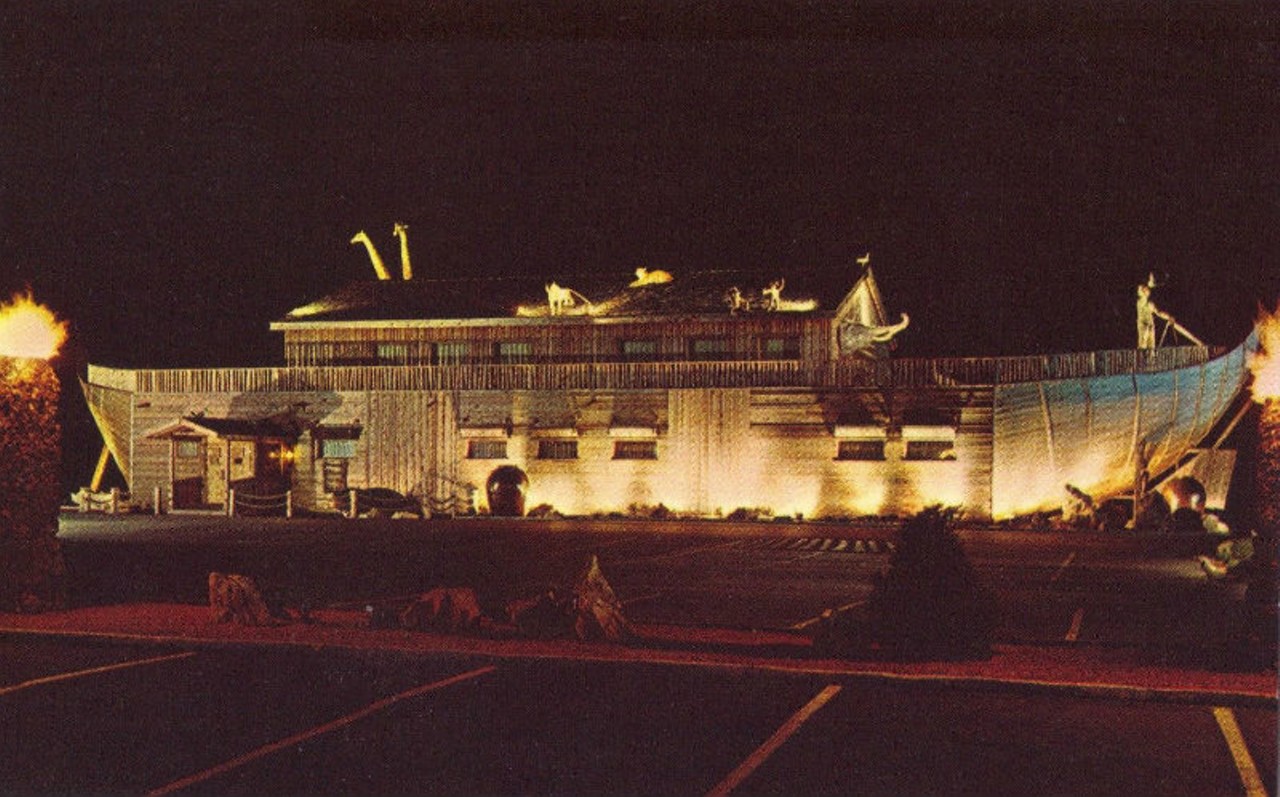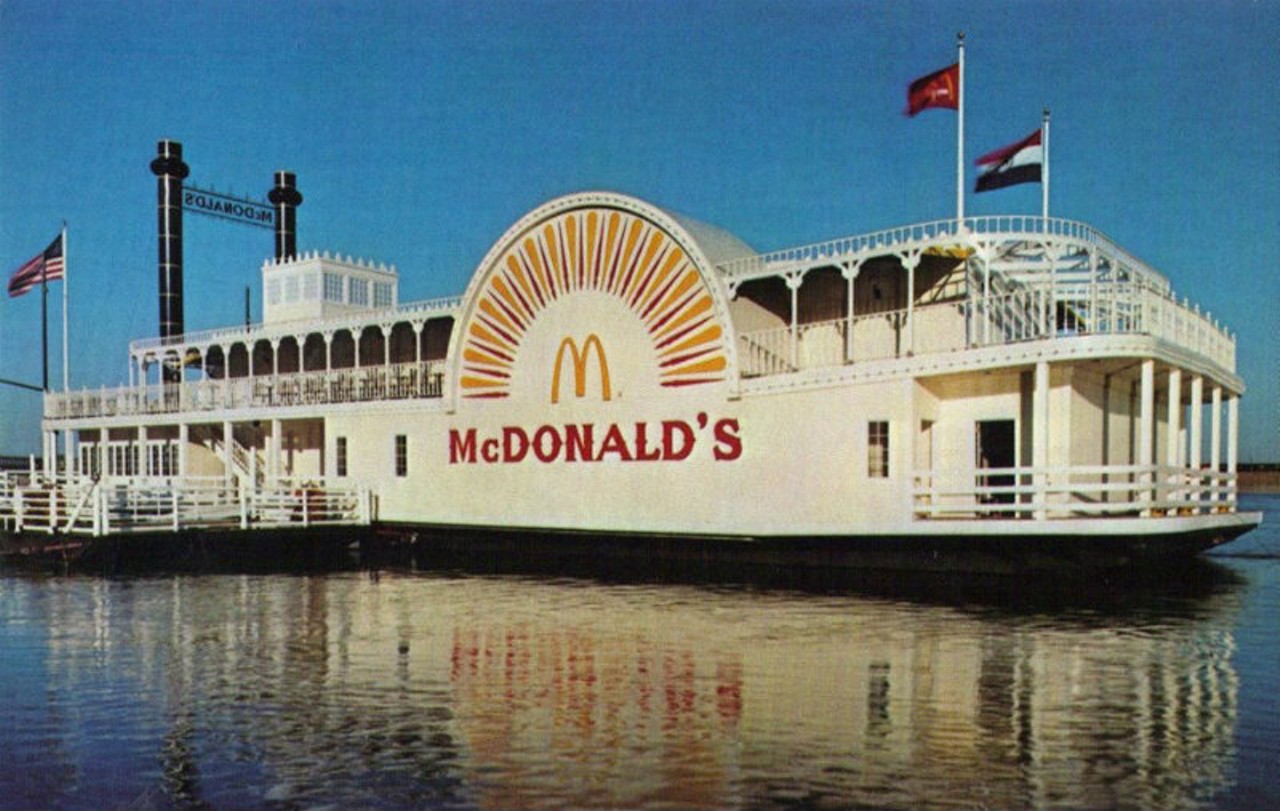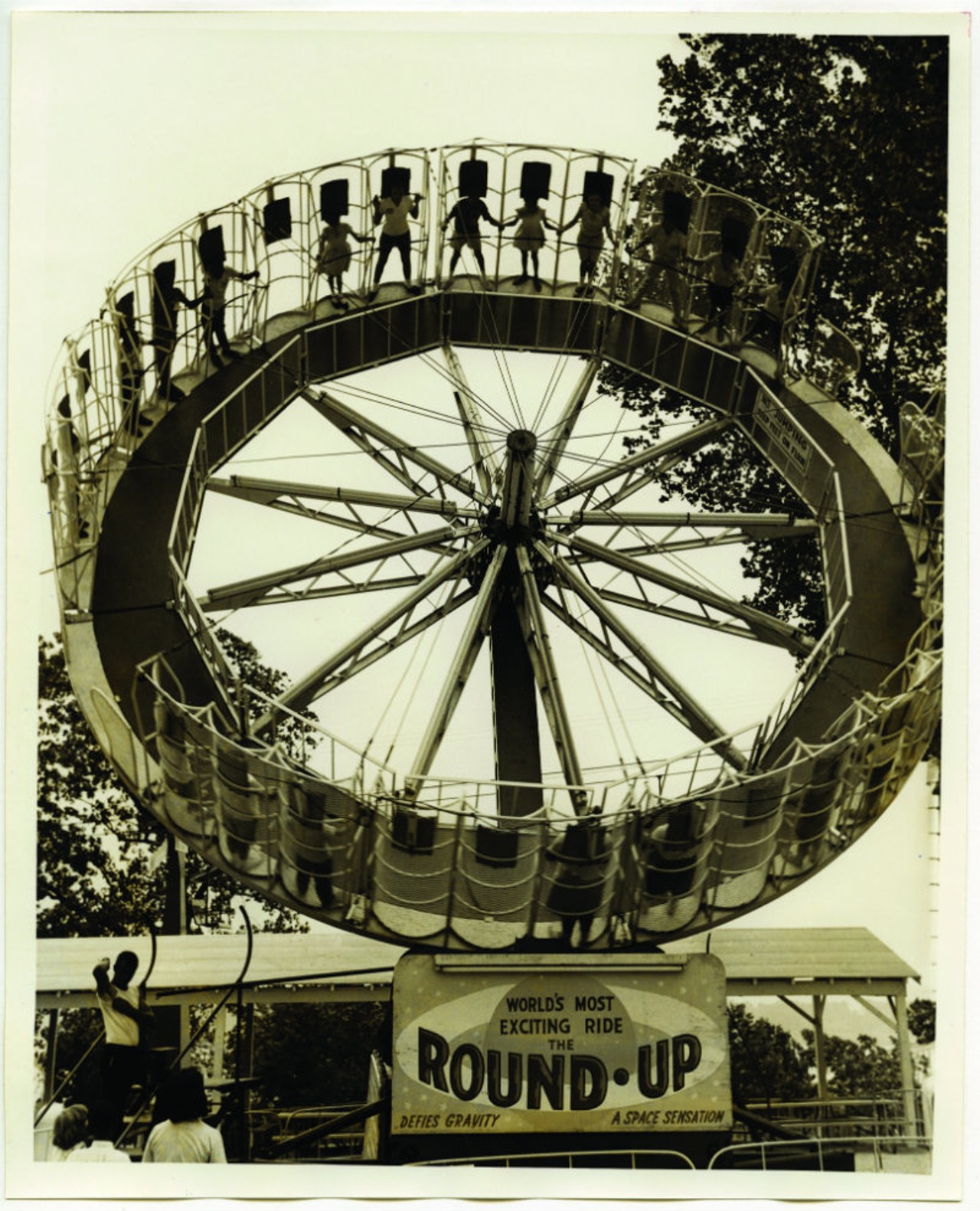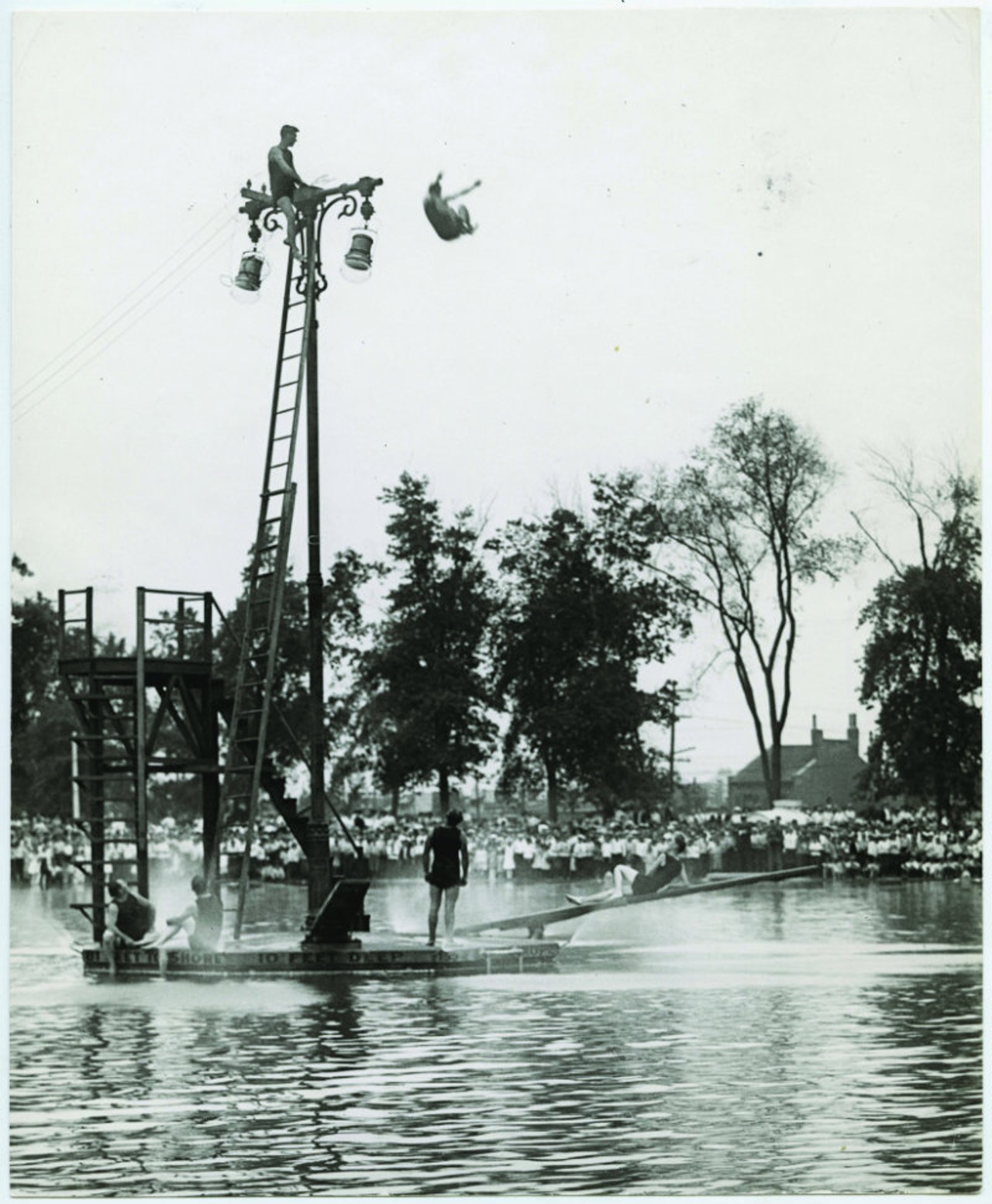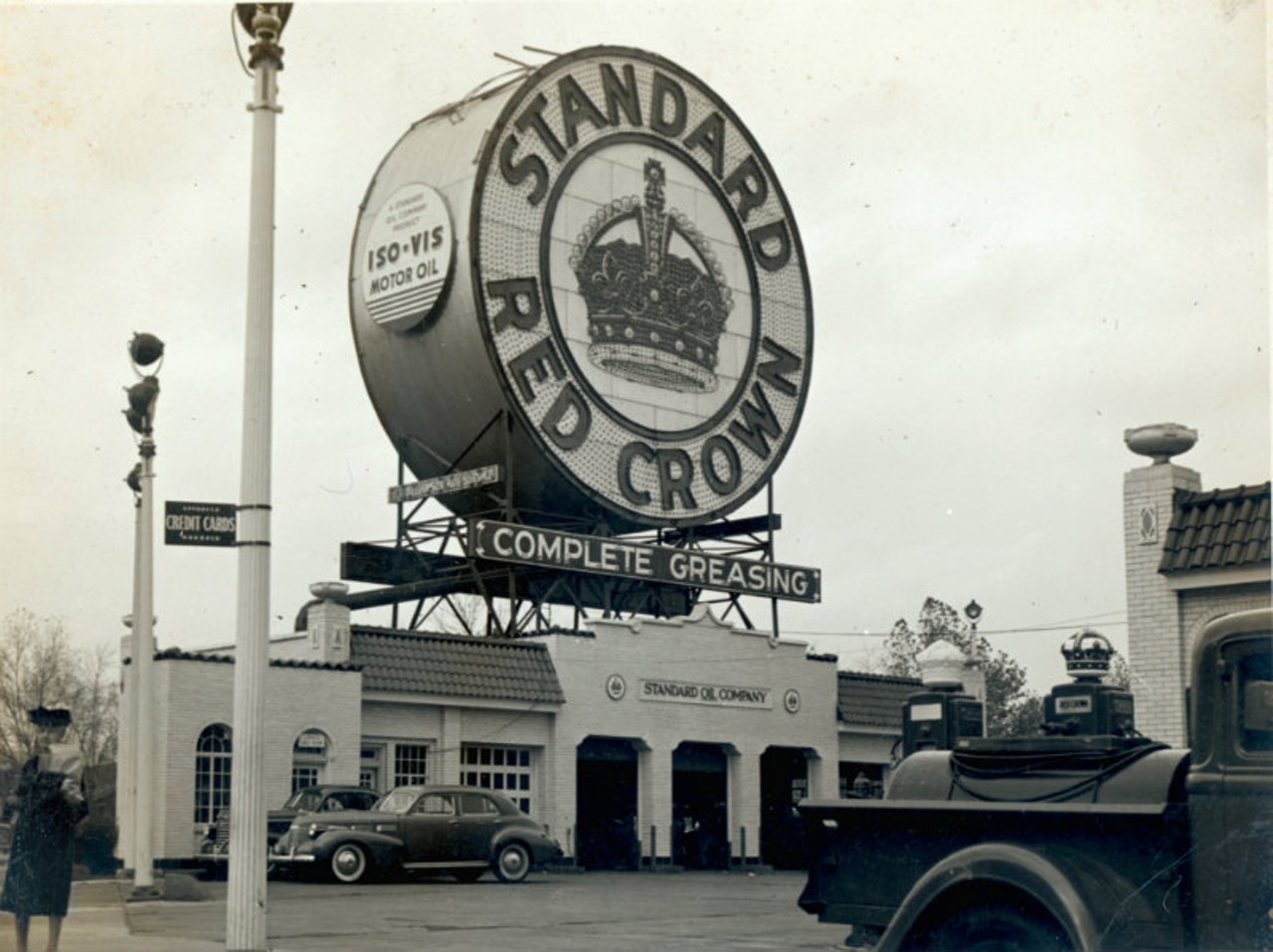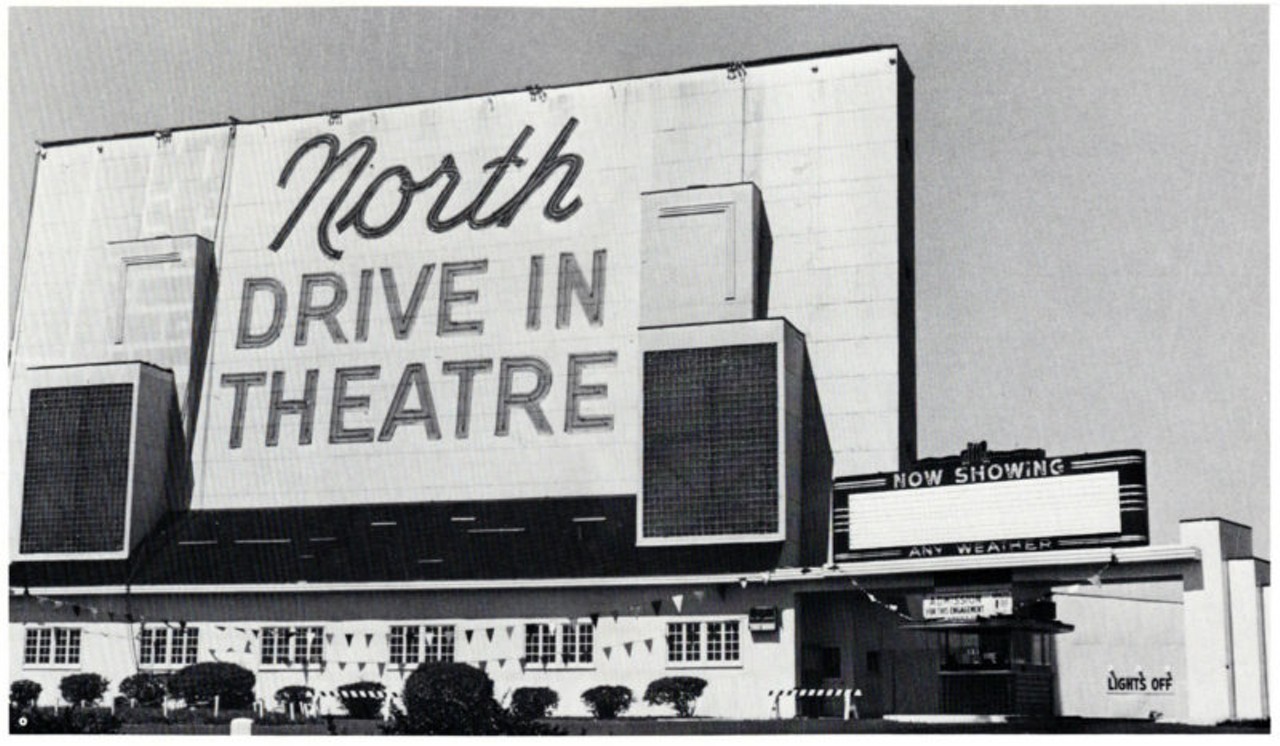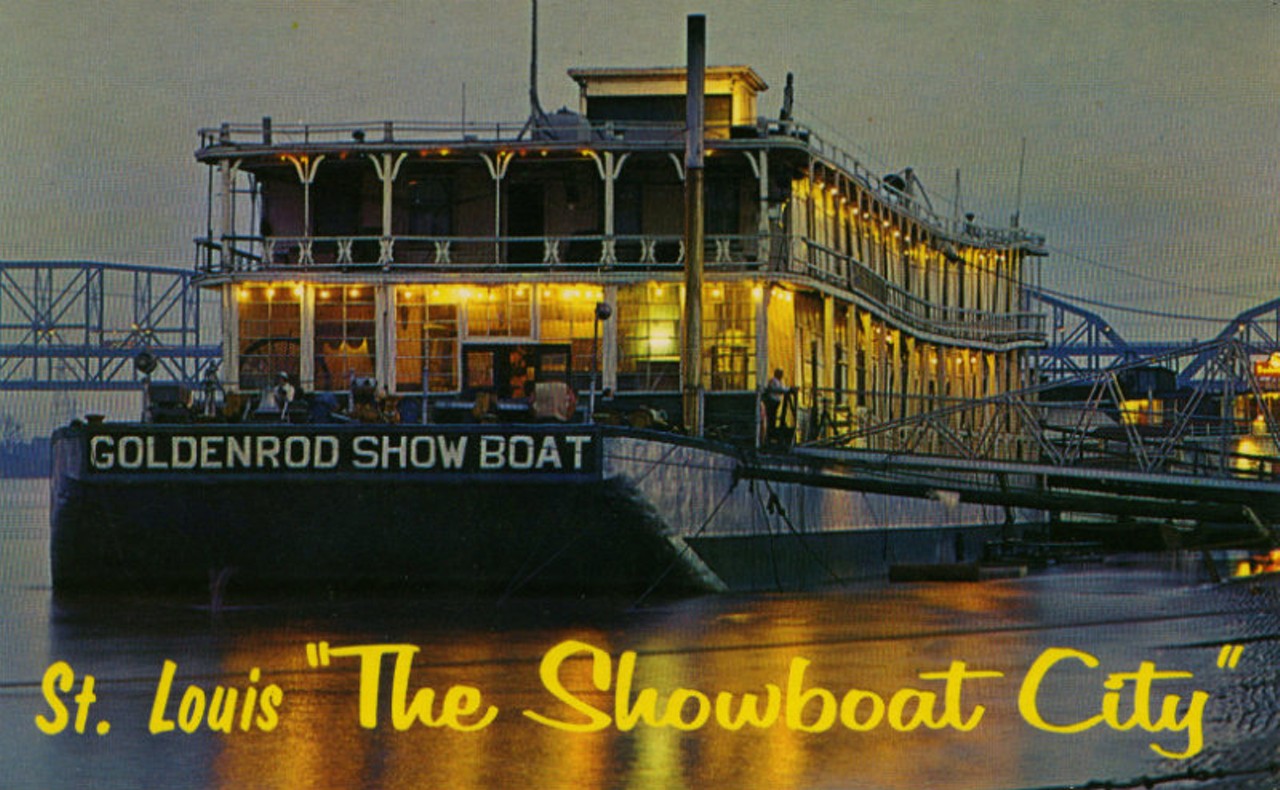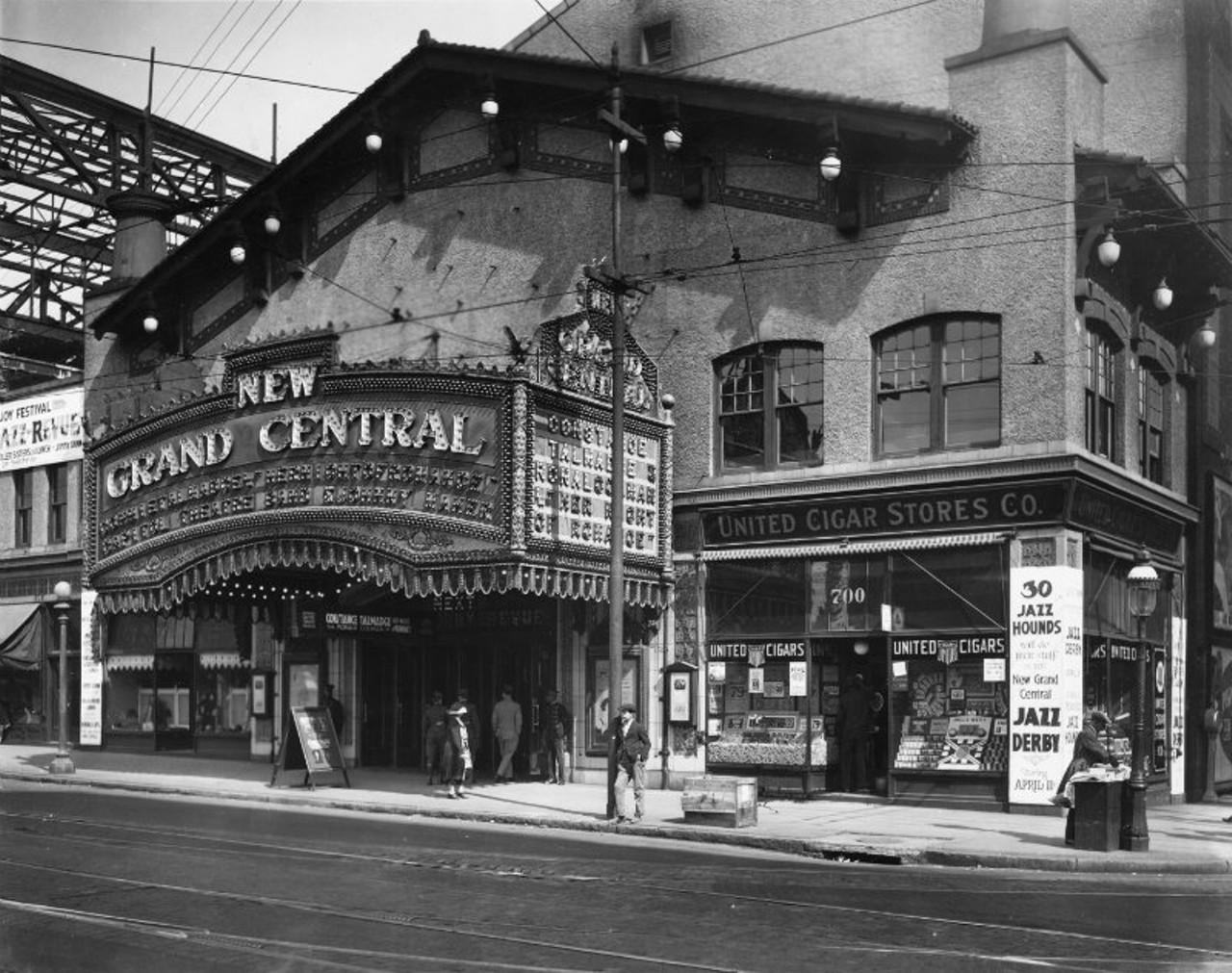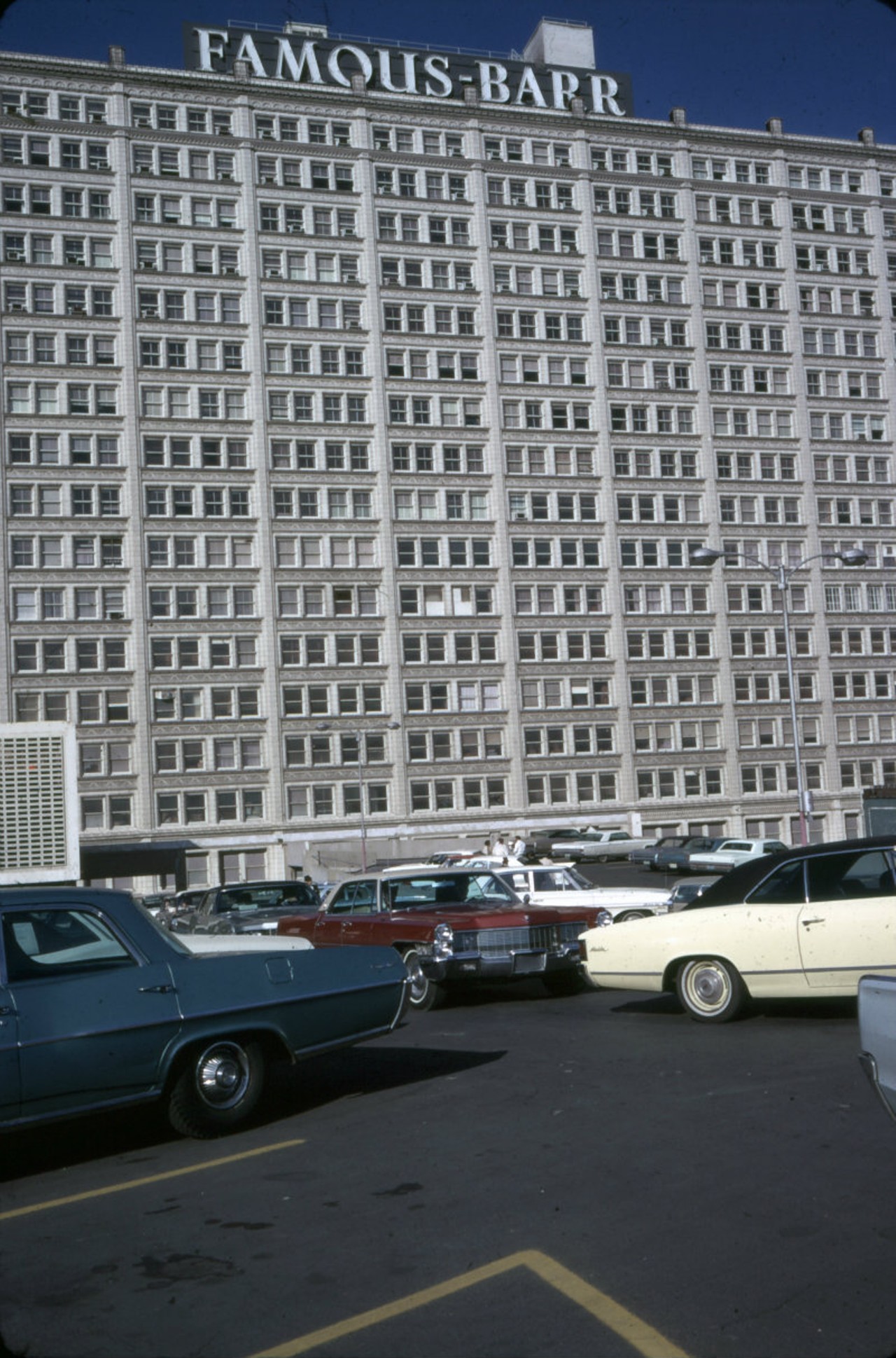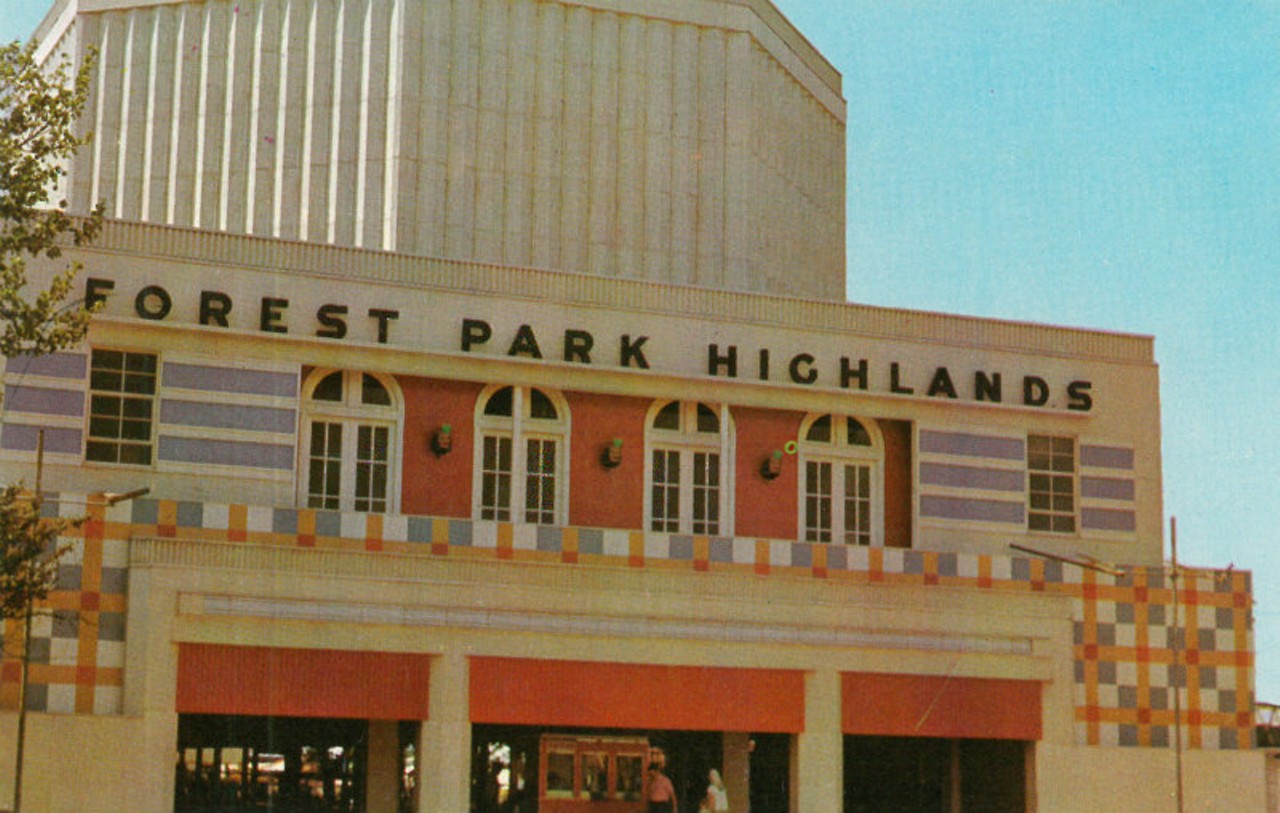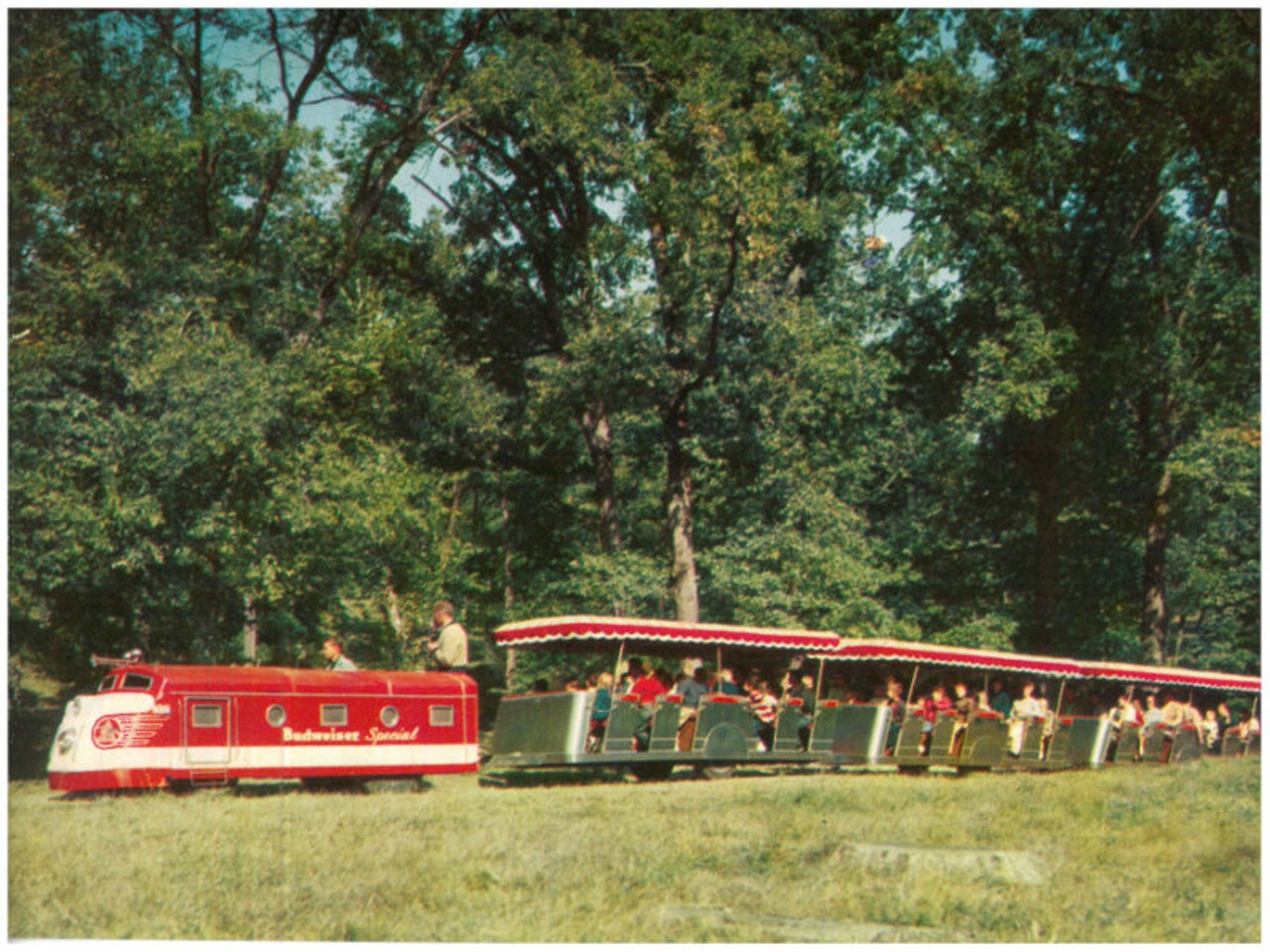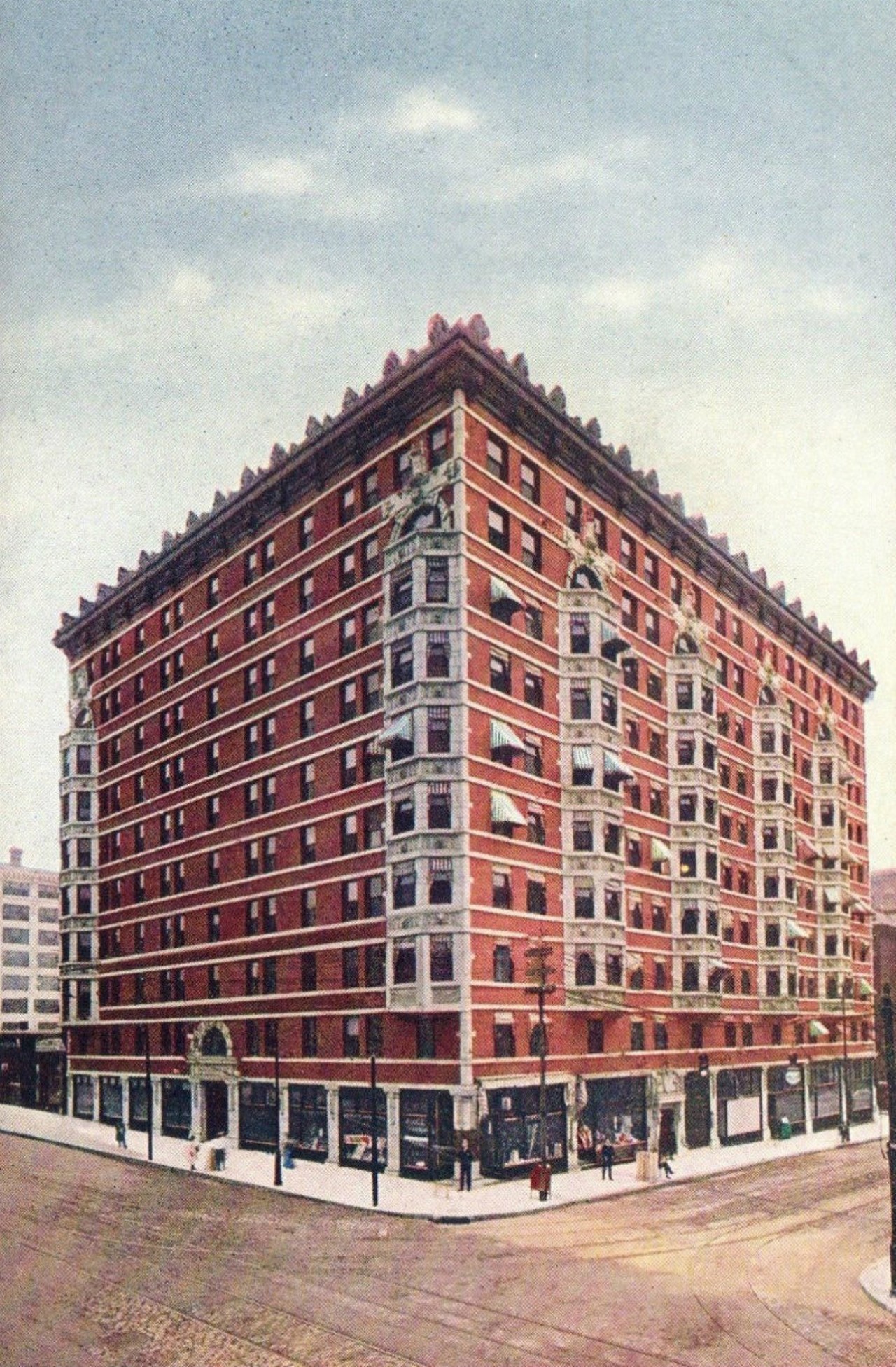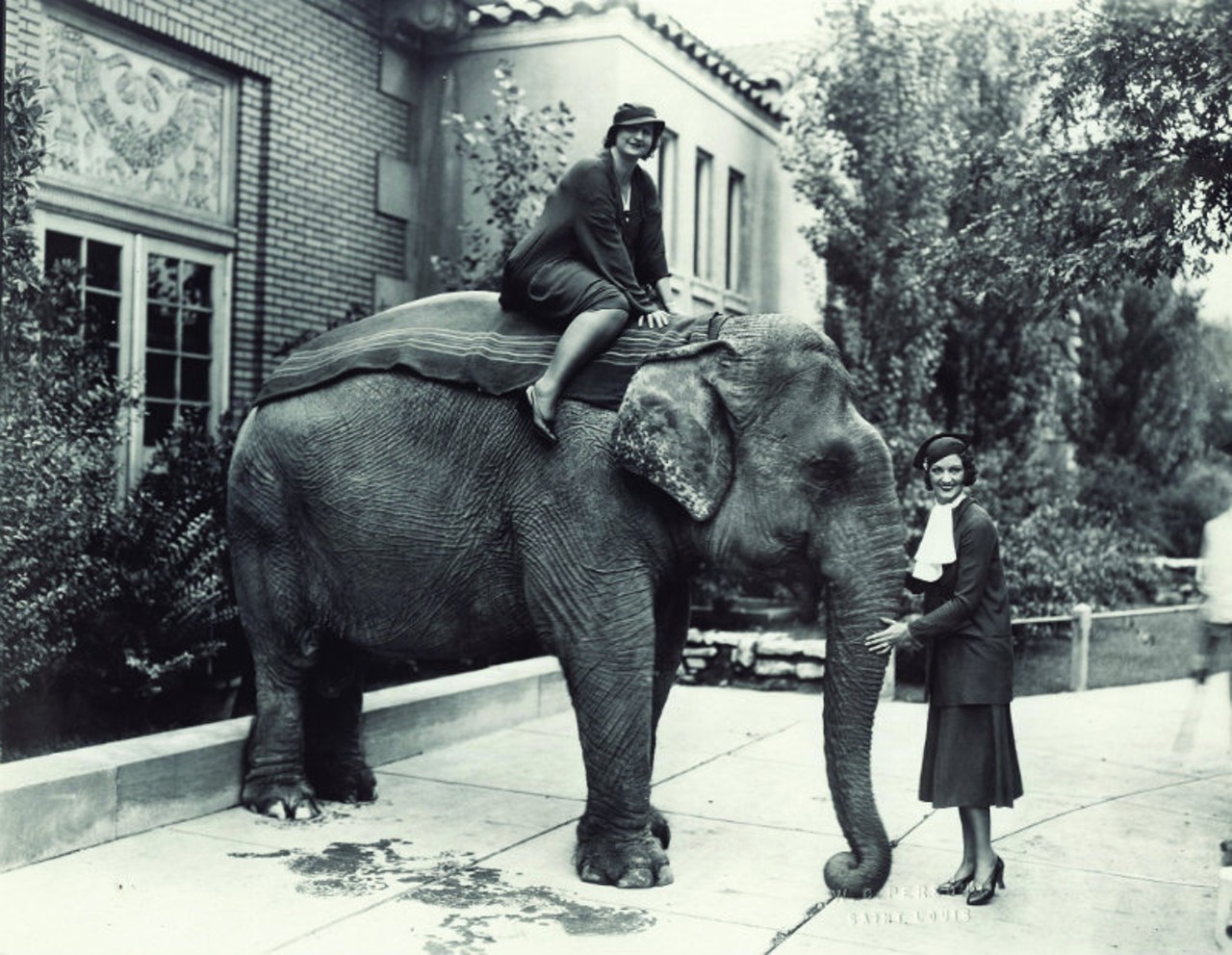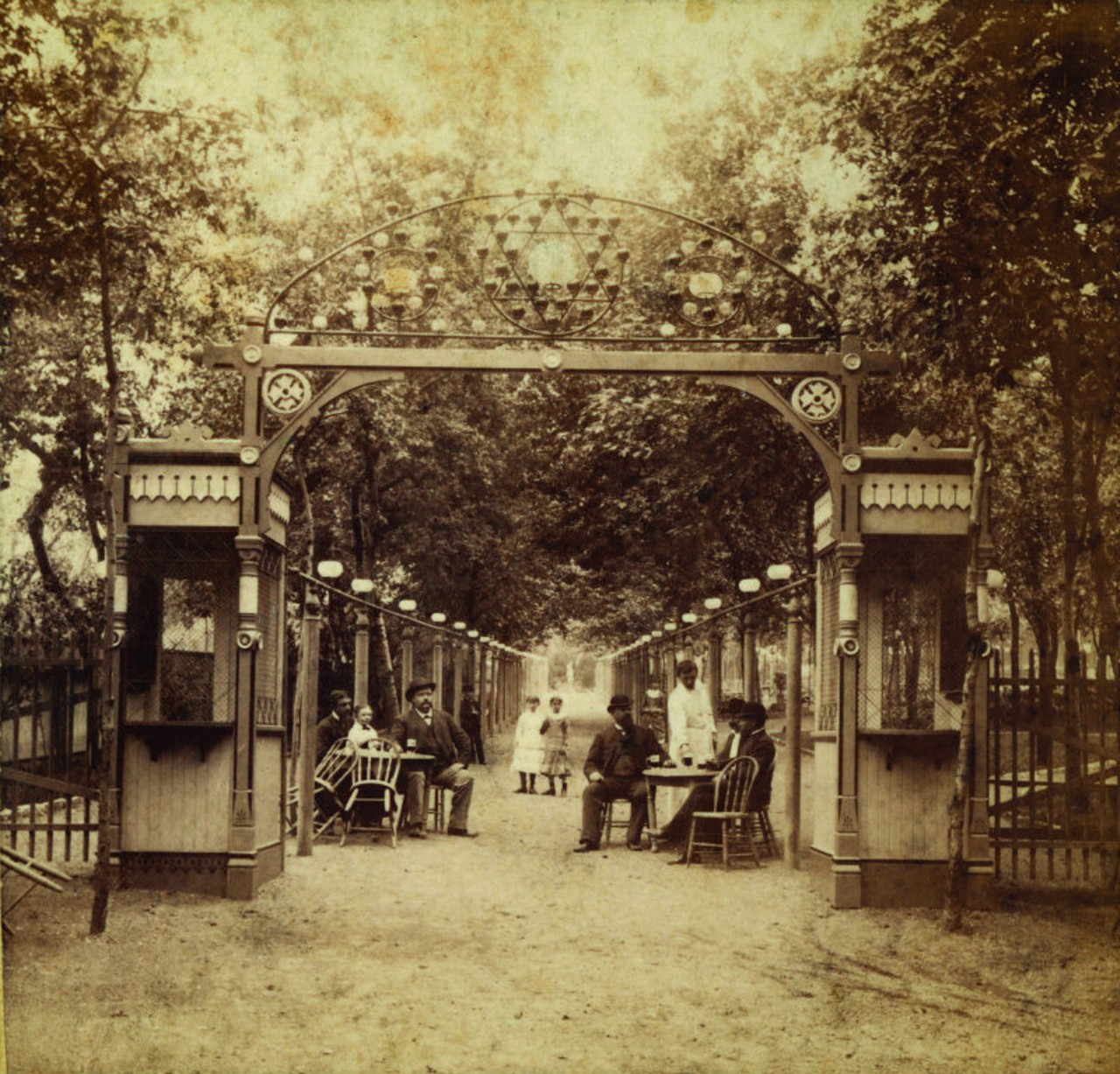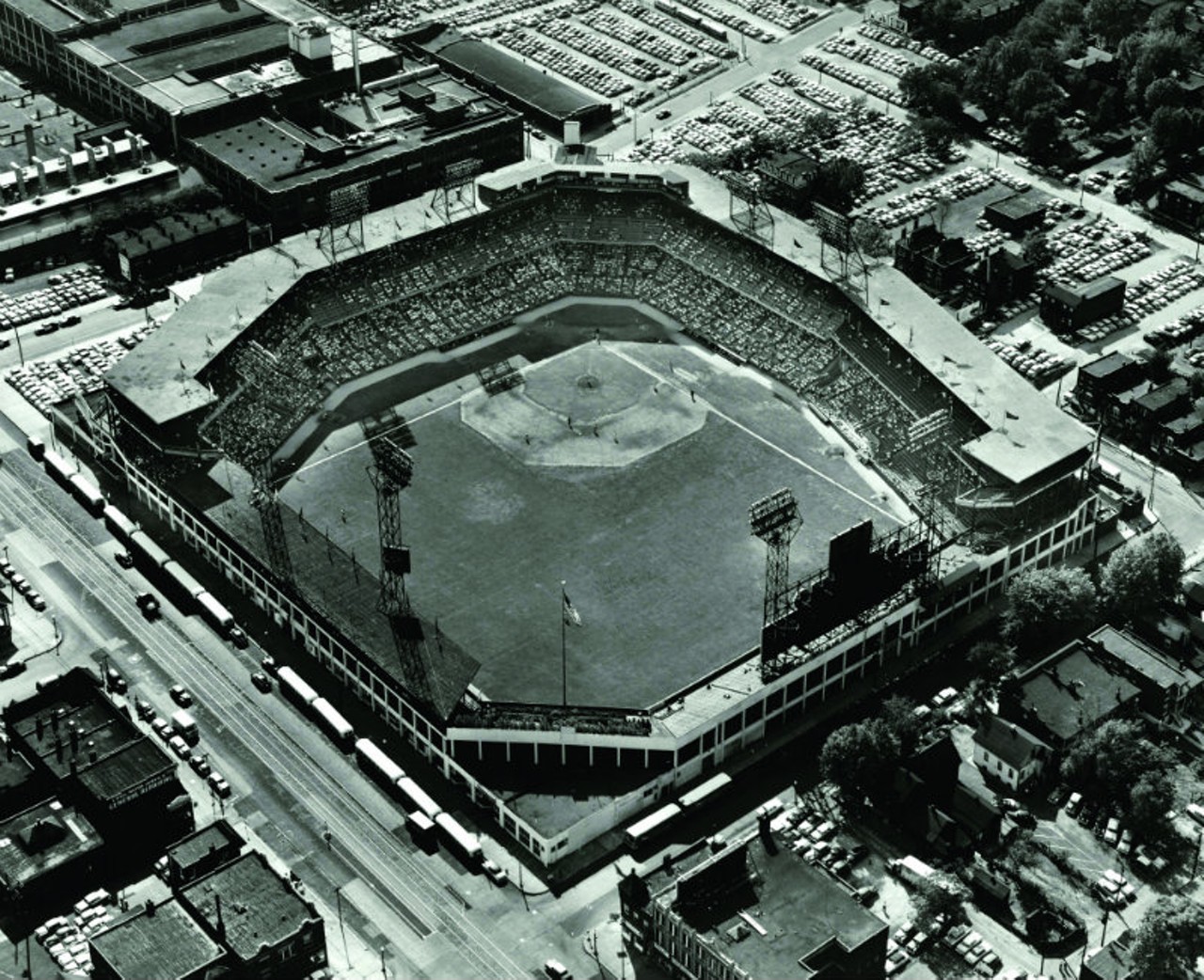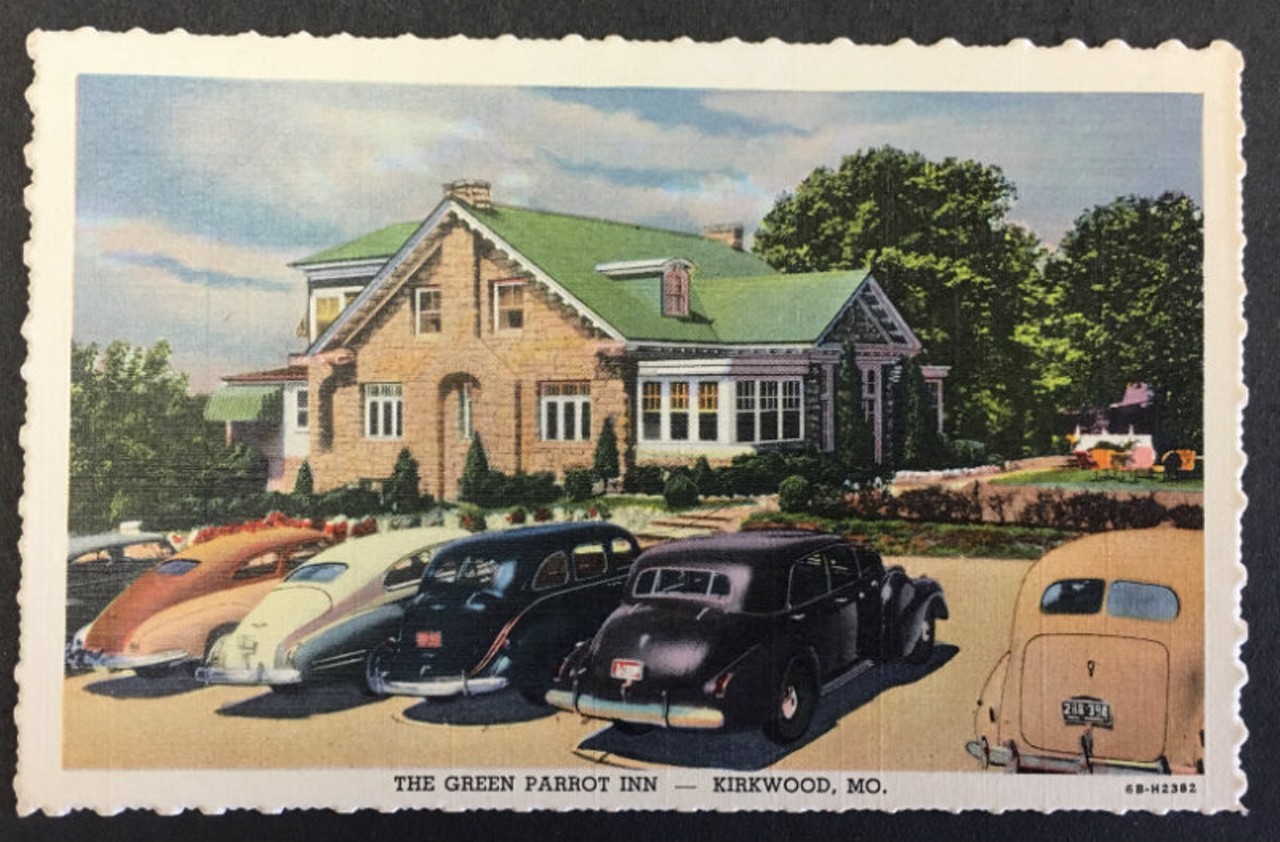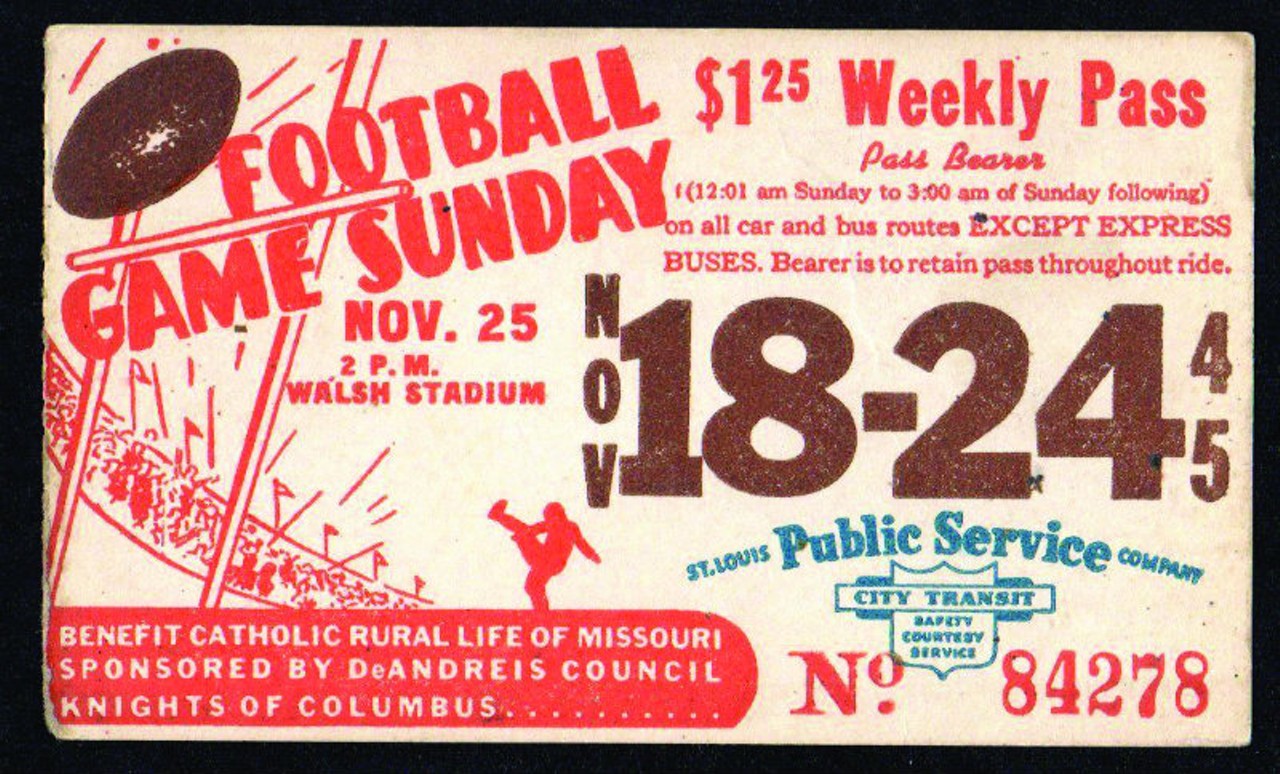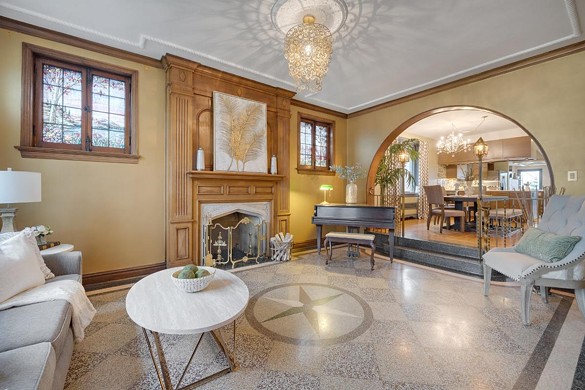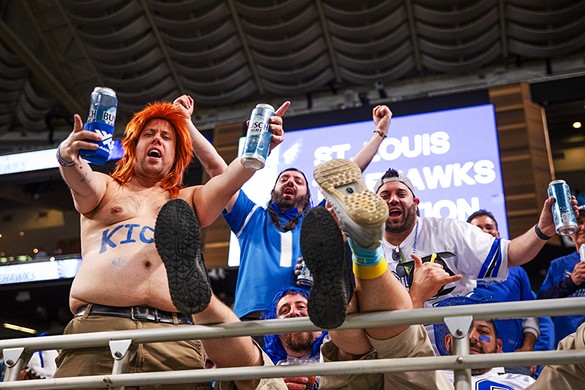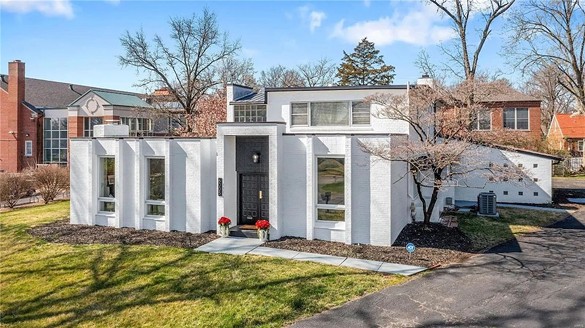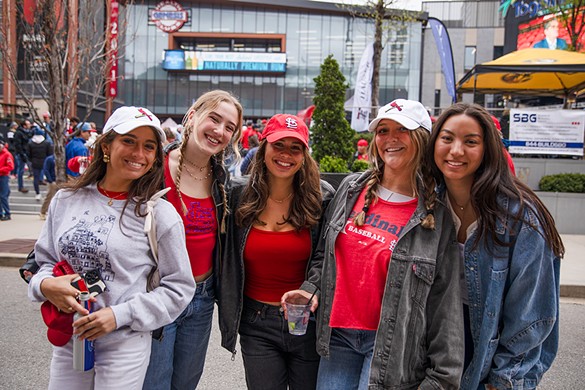Whether you experienced these things in person or not, St. Louis' history is full of fun things you can't do anymore, but are nevertheless fascinating to look back on. Local author Cameron Collins captures these St. Louis memories in his new book, Lost Treasures of St. Louis. Full of long since shuttered restaurants, bars, diners, amusement parks, shops, hotels, media, theaters, stadiums and much, much more from St. Louis' past, his book full of photos and historical fun facts makes for one big trip down memory lane.
Want more? You can buy "Lost Treasures of St. Louis" at STL-Style, Left Bank Books, the Novel Neighbor, the A-B Brewery and many other local retailers. It is also available at reedypress.com. Text for photos courtesy of Cameron Collins.

